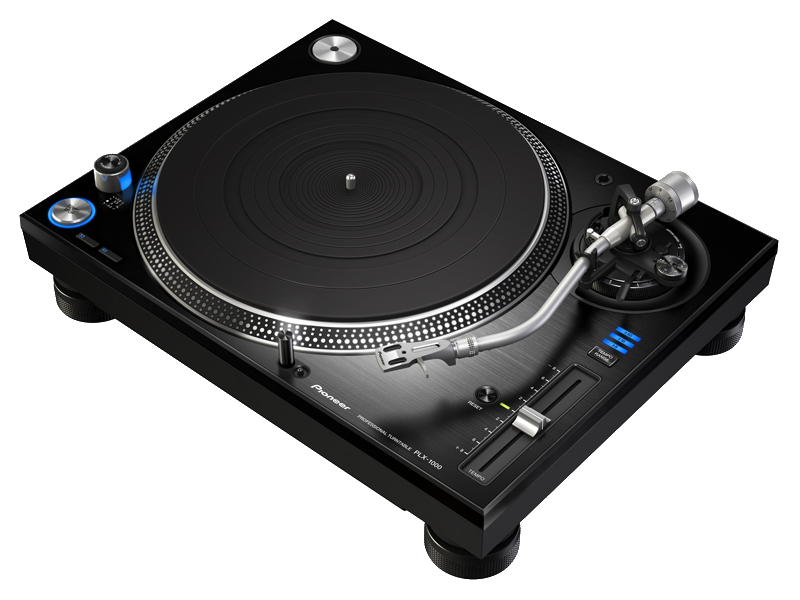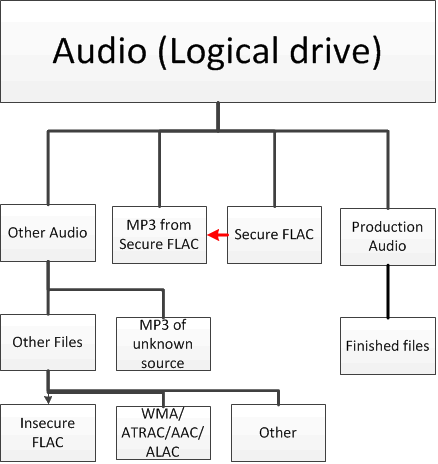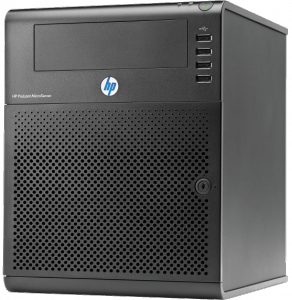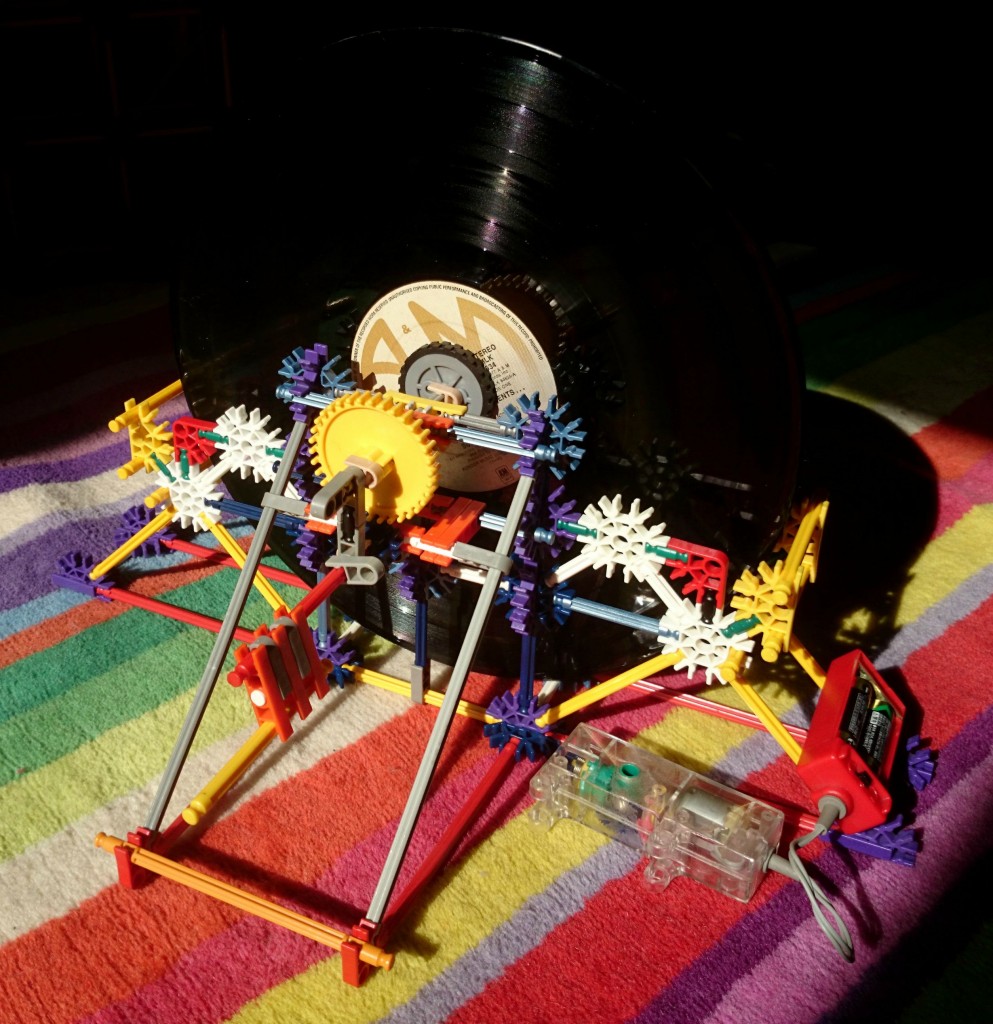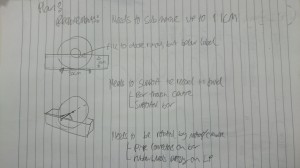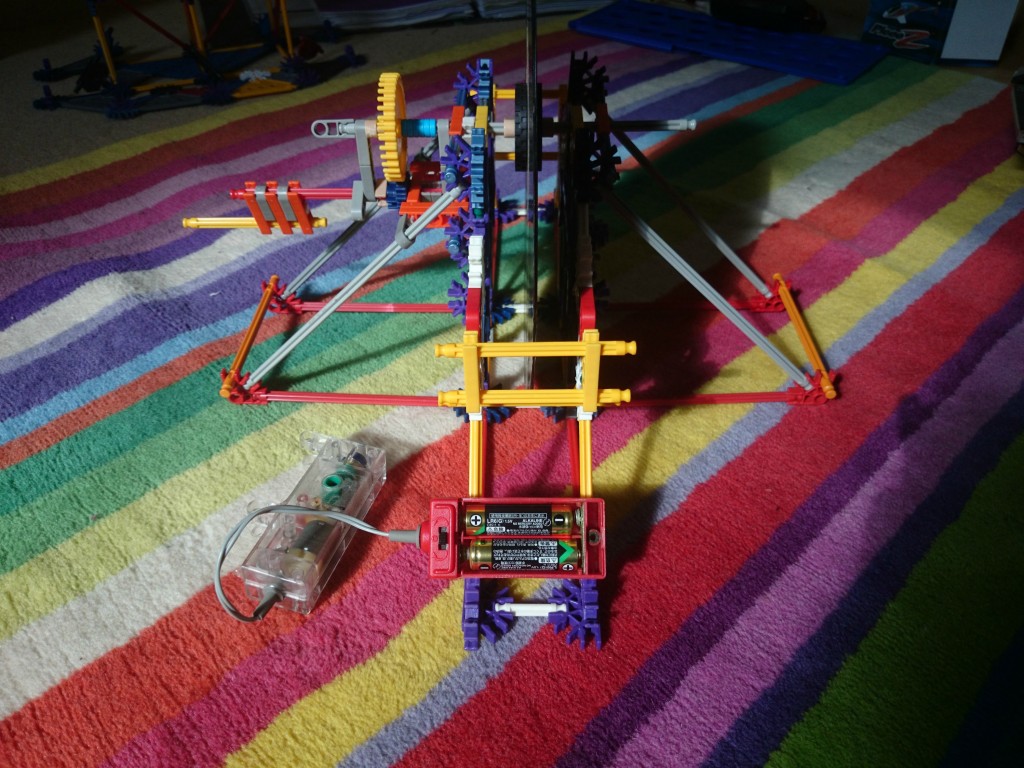A few months ago, when I saw the rumors that Pioneer was restarting their professional turntable line, I had to hide a little giddy optimism. Ever since the Technics line was retired nearly half a decade ago, there had been something missing in the turntable lineup available. Then a few months later, this launches:
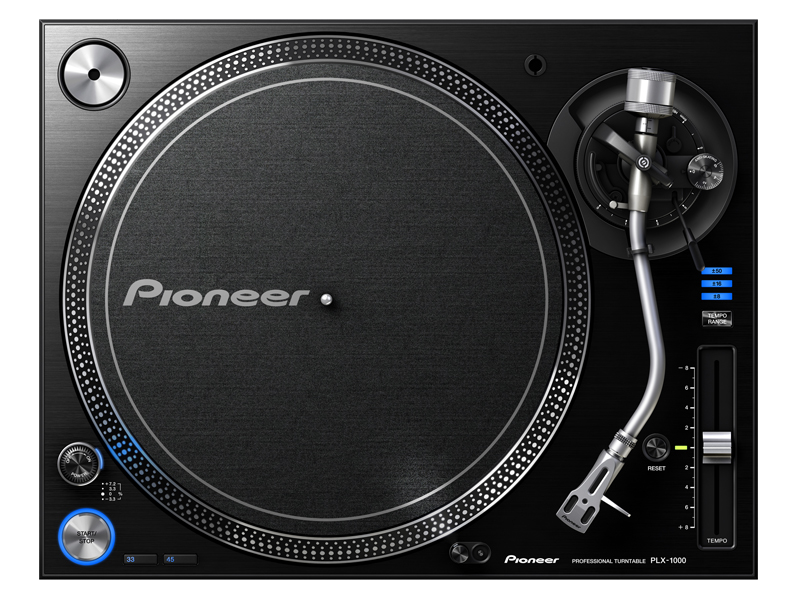
Damn. I’m going to need a moment. That is something else.
I’m all for the retro silver look, but as 21st century turntables go, it’s…beautiful.
Until this launched, there was nothing current in the high-end DJ range. This might sound an odd concern from a non-DJ, but hear me out. Good DJ decks are fantastic for linear listeners:
They’re solid Heavy weight and foot dampeners means no skipping, and a solid platter means with the addition of a good slipmat: Almost no resonance.
They’re tough Mine is 10 years old, battered worse than a cod, yet still keeps dead accurate speed
(Almost) Zero Maintenance No turntable belts. Nothing to wear out. Besides dusting or a catastrophic failure, a high quality torquey direct drive is fantastic.
The important factor between all these attributes is quality. A cheap table will skimp on the materials, reducing the weight, toughness and longevity.
Once the king of the industry left, there was no benchmark. Nobody was making anything quite like the wheels of steel. And possibly the most annoying thing; Used 1200/1210s have been climbing in price ever since. (In a way, confirming the decks as the sm57 of the vinyl scene)
The triumphant return with the PLX-1000 is hopefully the start of a new era.
For a start, it weighs almost 13KG. 13! That’s the same as my amp! If I were a resonant frequency, I’d be looking nervously over my shoulder now. This is excellent, and very much like the old models.
The amount of torque it supplies is ridiculous: 5KG/Cm, compared to the older models 1-2KG is fantastic, and will be a welcome change for those not satisfied with the torque of the 1200, and offers a real alternative to decks traditionally prized for higher torque (Stanton t100s, etc)
Enormous speed variation, whilst not so important to listeners, will be very welcome to jockeys.
And on a slightly smaller note, standard RCA jacks are a welcome addition. No more messing around with too-short non-detachable cables, or dodgy mods to add jacks/longer leads! This might sound silly, but it’s a nice touch. A kensington lock is also a good idea for kit this valuable.

All in all, my thoughts? Thoughts? Thoughts…Sorry, I’m a but preoccupied drooling.
I cannot wait to try out this table. Hopefully, this is the triumphant relaunch we have all been waiting for. It also looks pretty sweet with a rubber mat on it. And probably even sweeter with a cork one.
